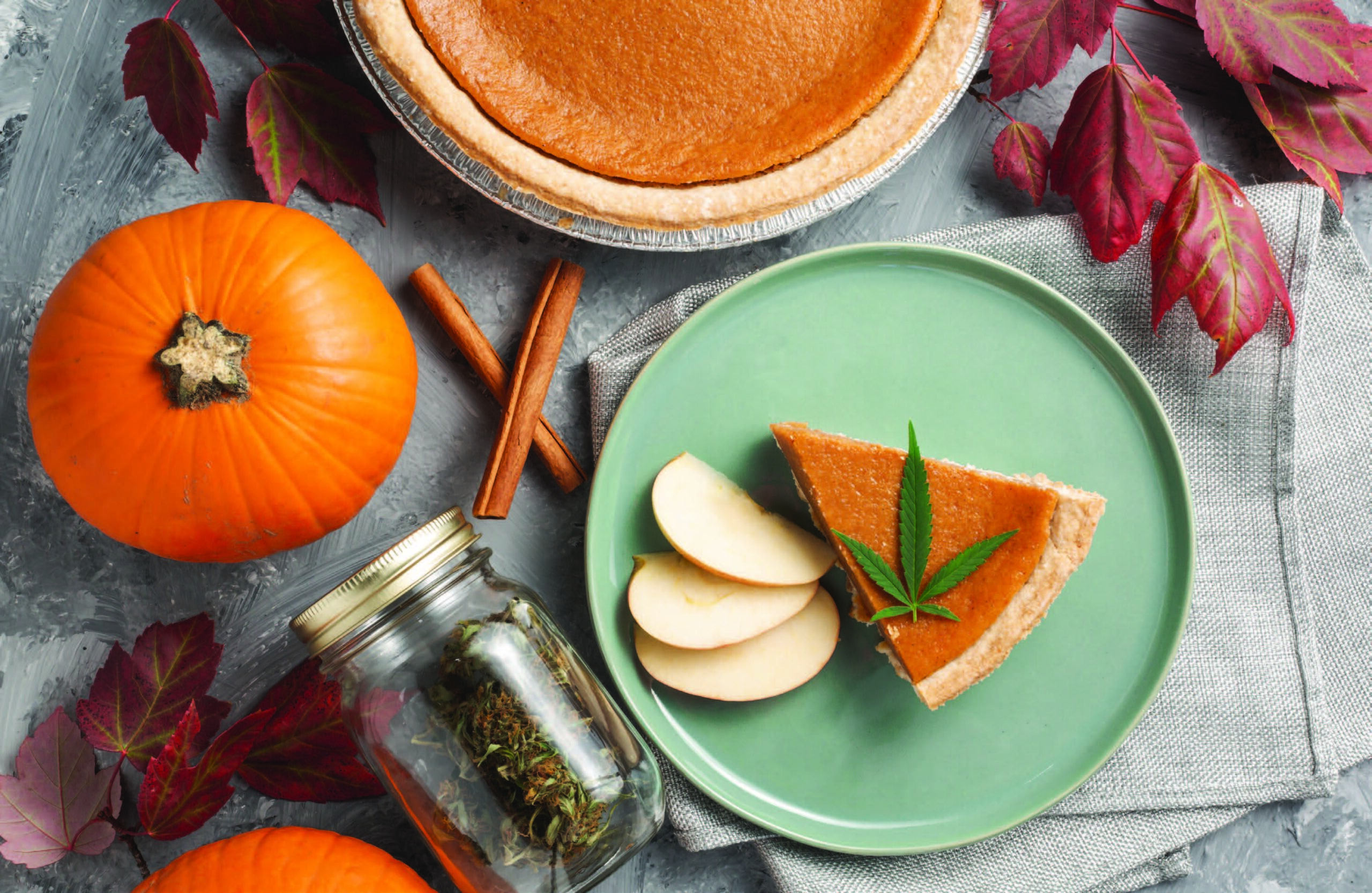After writing about #drainpours, I started feeling a little bit like a hypocrite: I’ve definitely poured out beer. Usually, it’s the day after a big party and I’m pouring half-full cans and half-empty bottles of warm beer, but there have been beers that weren’t good for one reason or another and it wasn’t because they were warm and flat. Maybe I had to send it back to the bar, because it wasn’t what I ordered (most of the time I’ll still volunteer to drink it). Maybe I passed it to a friend because I just wanted to try more beer; maybe there was a serious flaw and I gave it a serious try, and couldn’t finish it. But I’ve definitely poured out beer. So, I admit, there are occasions – very unique occasions – to pour out beer that do have to do with flavors, expectations, and most importantly, your intoxication level. More than anything, I want people to pour out beer for a good reason, not because they’re a pretentious asshole.
The first beer I ever poured out was a Corona Light, purchased from a discount shelf at a bottle shop in Las Cruces, New Mexico. I was buying beer for my Brewing and Society class and I wanted to buy as much beer that fit the criteria. I think I bought three or four bottles. The beer was skunked. Skunked beer is one of the standard beer flaws, and there’s a half dozen or so of those, none of which includes “infected!” Skunked beer is the result of the beer being exposed to UV light. Cans and dark glass prevents this, but Corona is packaged in clear glass, so being light-struck is pretty common for Corona and Beck’s and Heineken, which are served in green glass.
Some other common flaws are DMS (dimethyl sulphate, tastes like vegetables, caused by improper brewing techniques), Diacetyl (tastes like butter, or movie theater popcorn, caused by poor yeast and fermentation management), and oxidation (tastes like a wet cardboard box, caused by improper transferring, storing or packaging). Each of these flaws is caused by improper brewing, cellaring or packaging of the beer.
Different people are more sensitive to each of these flaws. I have a hard time tasting Diacetyl unless it’s really, really bad. Oxidation, on the other hand, hits me hard. The thing to remember with these flaws is that sometimes they are OK in small amounts. In barrel-aged beer, oxidation is acceptable at low levels and expected as the barrel will allow for a small amount of oxidation. Diacetyl at low levels is acceptable in English-style beers, but still just as a subtle hint, not a dominant flavor. DMS is a byproduct of the brewing process, residing in every beer to some degree. But if wort is boiled with the lid on, or if it doesn’t boil vigorously enough, the DMS can produce condensation and the flavor can be bad enough to ruin the beer. There are probably a dozen other “off-flavors” in beer and each has its own cause and criteria for when it’s acceptable and when it’s just bad beer. If that’s the kind of thing you’re into knowing, it’s pretty easy to find a list online.
So yeah, a beer can be unequivocally bad if it has a flaw, but a beer can also be undrinkable if it’s not what you expected. I’ve been very, very close to sending back a quality and respected beer: Avery’s Rumpkin, a 16 percent pumpkin ale, aged in rum barrels. I asked what was on tap, the server said an Imperial IPA, which I ordered, but I was brought Rumpkin. I immediately thought it was some kind of joke beer. Like, a beer you give someone who you hate. I was not prepared emotionally or spiritually to drink a beer of such flavor or potency, and I hated the beer. I even made jokes about how it smelled like the bathroom of one of those Halloween stores that stays open all year. On another day, and had I known what I was actually drinking, I would have loved Rumpkin. In the end, I still drank the Rumpkin after I got a straight answer from the server about what I was drinking.
I think even when your expectations are let down, and maybe you taste an off-flavor, it’s probably better to try to reach out to the brewer of your beer if it concerns you enough. If you’re at a brewpub and you think you taste a little diacetyl, and you’re comfortable talking about beer, ask your brewer if it’s intentional. If you want the IPA to have more of a malt balance to hop bitterness, say so. I think the real thing that’s awesome about craft beer is that a dialogue with the brewer is possible. You can’t really do that with other arts.
Robert Alan Wendeborn puts the bubbles in the beer at Ska Brewing Co. His first book of poetry, “The Blank Target,” was published this past spring by The Lettered Streets Press and is available at Maria’s Bookshop. [email protected]












